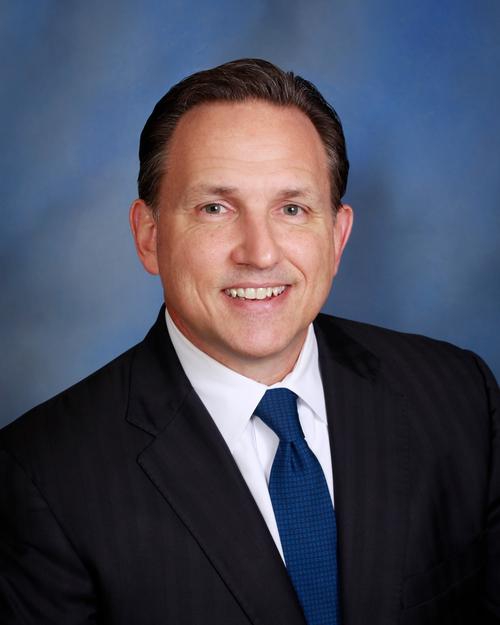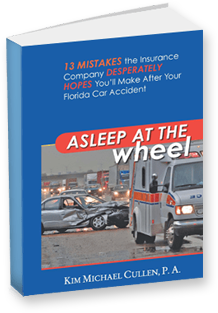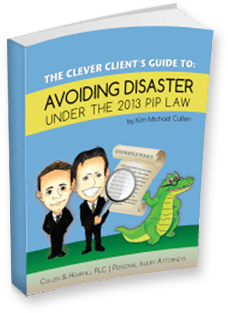Most of the folks who read our blog will have already heard about the recent nighttime car versus pedestrian crash that occurred in Tempe, Arizona involving an Uber car that was operating in autonomous or self-driving mode.
However, many people will not have seen the on-board video from the Uber car:
Most of the commentary that I have read about the video seems focused on blaming the pedestrian and emphasizing that this crash — which killed the pedestrian — was unavoidable.
Video Evidence Might Not Be Most Reliable In Nighttime Crash
However, as a lawyer who has handled thousands of car crash cases over the past 25 years, and probably hundreds of cases involving pedestrians that were hit by cars, it seems to me that the video does not present the kind of “open and shut case” that many commenters think it does. I think the video raises several unanswered questions — and these are the same kinds of questions that seem to arise in every nighttime car versus pedestrian crash we handle.
Unresolved Issues
Here are some of the issues that I think remain unanswered by the video (and probably ought to be explored by the victim’s surviving family):
** Lighting. I am just not sure how reliable the video is in terms of judging the actual amount of light available in the area where the crash happened. It is easy to see that there are street lights on either side of the road just a few feet away from where the pedestrian was crossing. In a real-life situation, one would expect that the street lights would create ambient light — enough ambient light to see the pedestrian — even if the pedestrian wasn’t crossing directly under the street.
** No swerve. The video clearly shows that the Uber vehicle never deviated from its lane of travel (i.e. there was no swerve whatsoever), nor did the vehicle appear to engage in emergency braking. One of the supposed benefits of autonomous cars and all of their sensors, is that they can “see” hazards (via radar and lasers) that human being cannot see. While it could be argued that lighting conditions were poor that night, this should not have impacted the Uber car. I would be very curious to hear Uber’s explanation for why no evasive action was taken by the car. Even though a human driver might not have been able to avoid this crash either, a would bet that a human driver (who was paying attention) would have had enough time to at least try and avoid it.
** Reflectors? We know from the video that the pedestrian was walking a bicycle across the street when she was hit and killed. Neither the video, nor any of the photos that I have seen of the bicycle post-accident appear to depict reflectors on the bicycle. Federal regulations require every bicycle that operates on road to have either reflectors mounted on the spokes, or to have reflective sidewalls on the bicycle’s tires. I did not see any reflection depicted in the video. I would be curious to know where the pedestrian’s bicycle was purchased, or which company manufactured or outfitted this bike.
All of this being said, I am not arguing that the pedestrian does not share any blame for this crash. She clearly does. She should have been crossing at an intersection, or at the very least, underneath the street lights. However — at least in Florida — the pedestrian’s negligence is not a complete bar to recovery. In Florida, her own negligence would diminish the overall monetary recovery by some percentage.It will be interesting to see how this case develops.
If you have any questions regarding a Florida car versus pedestrian crash, Florida wrongful death from a vehicle crash, or a Florida bicycle accident, please call Winter Park personal injury attorneys Robert Hemphill and Kim Cullen at 407-644-4444. They have recovered over $10 million in 2018, alone, for victims of bicycle and car accidents.



